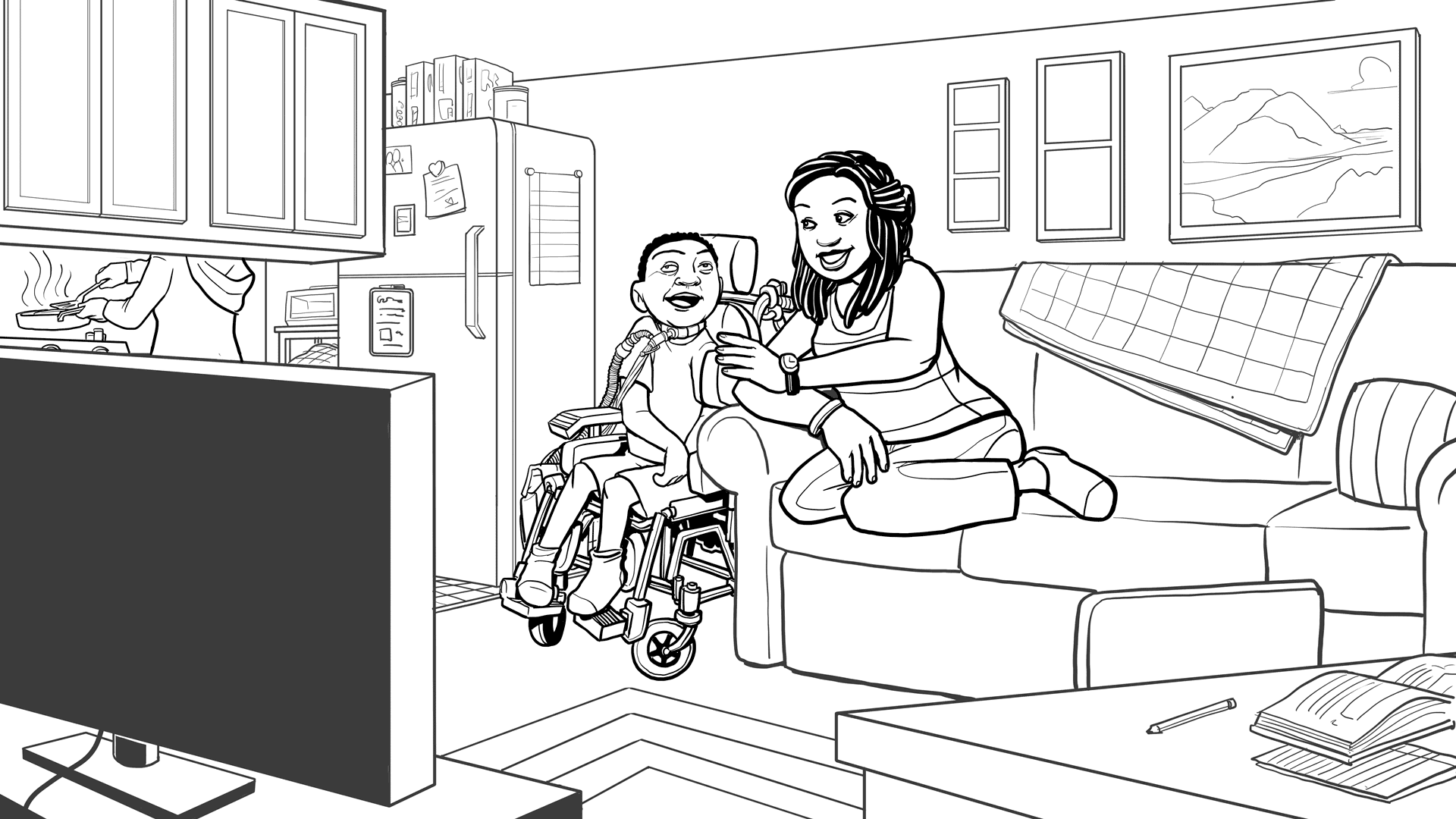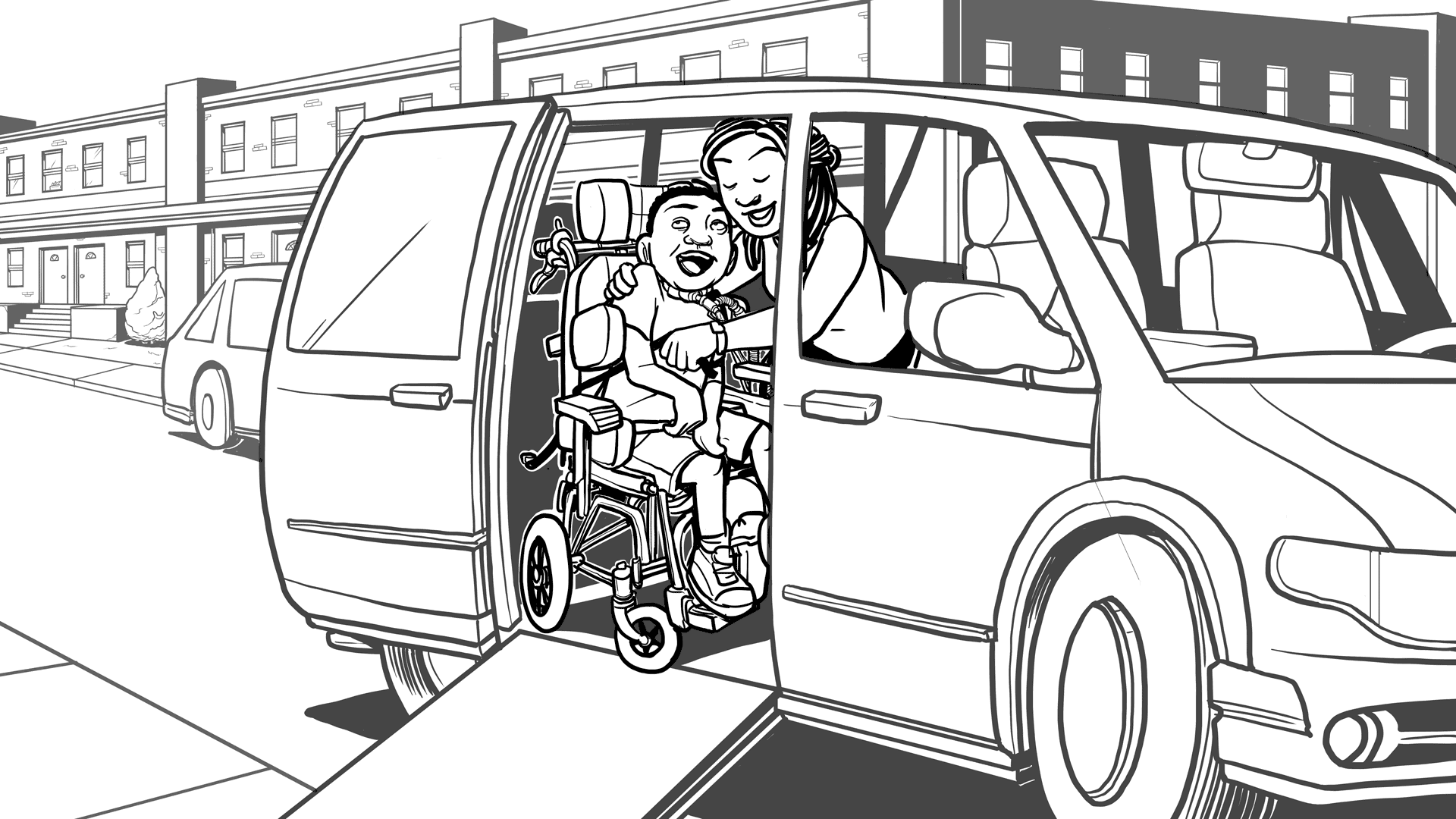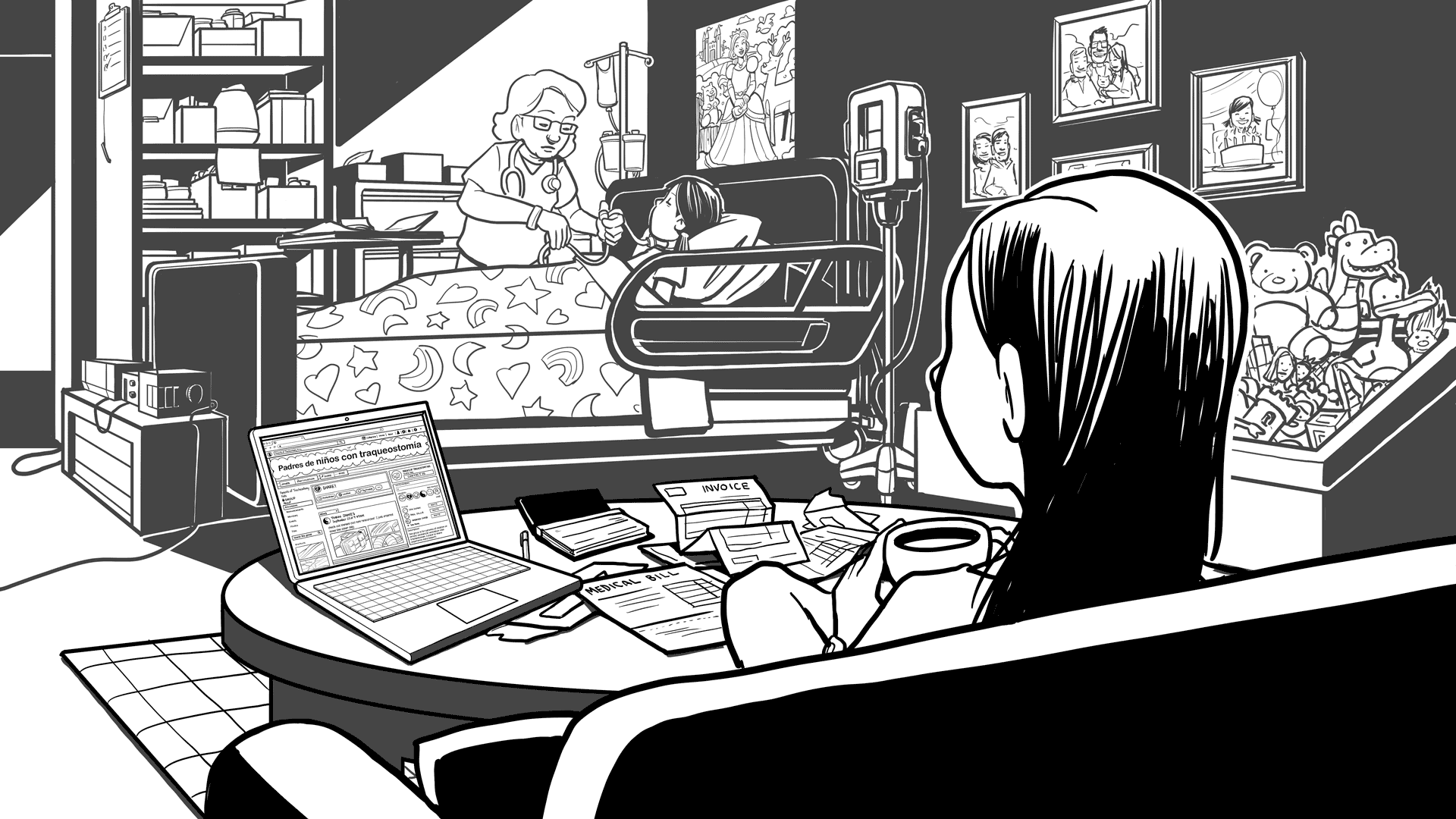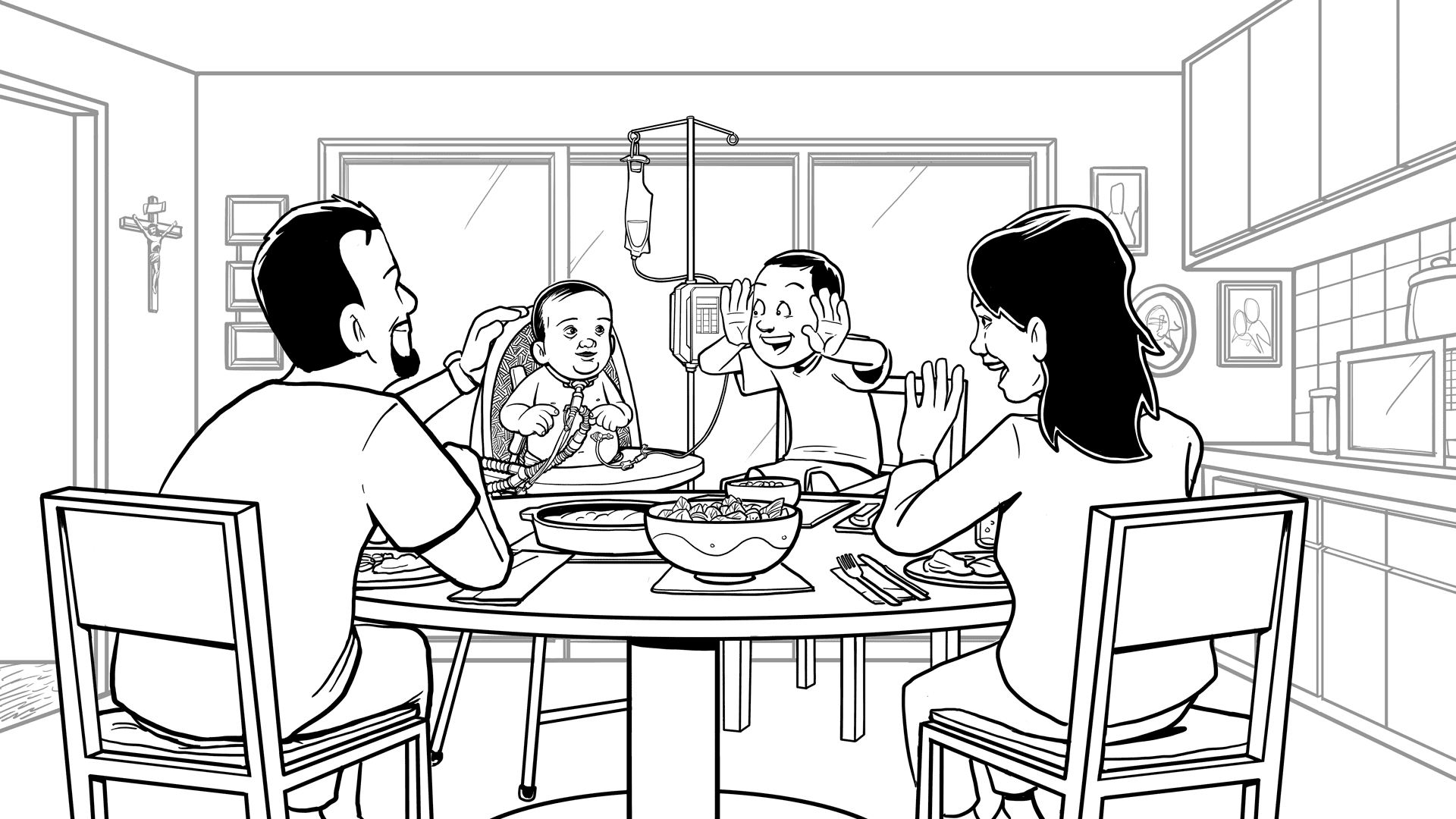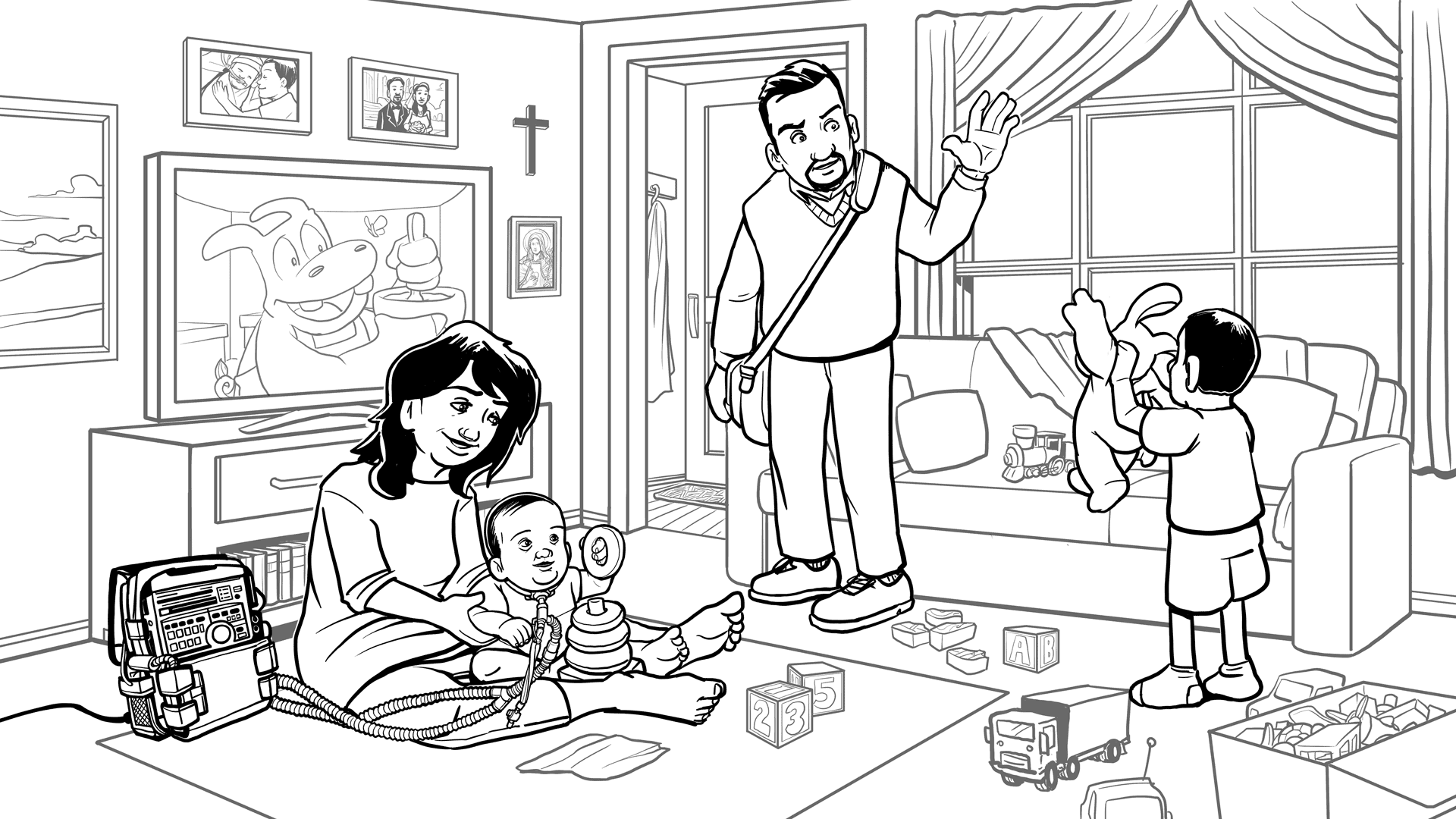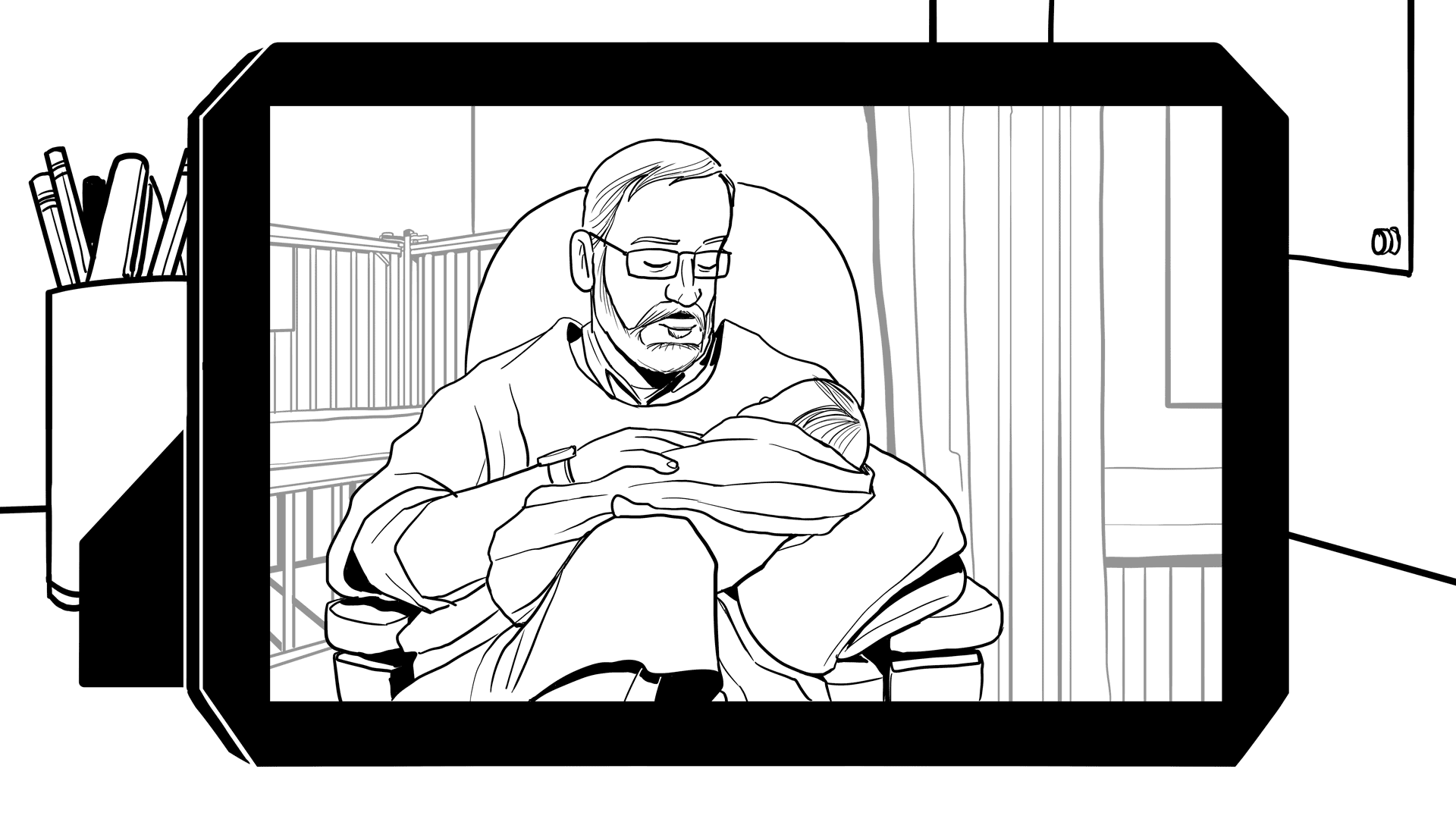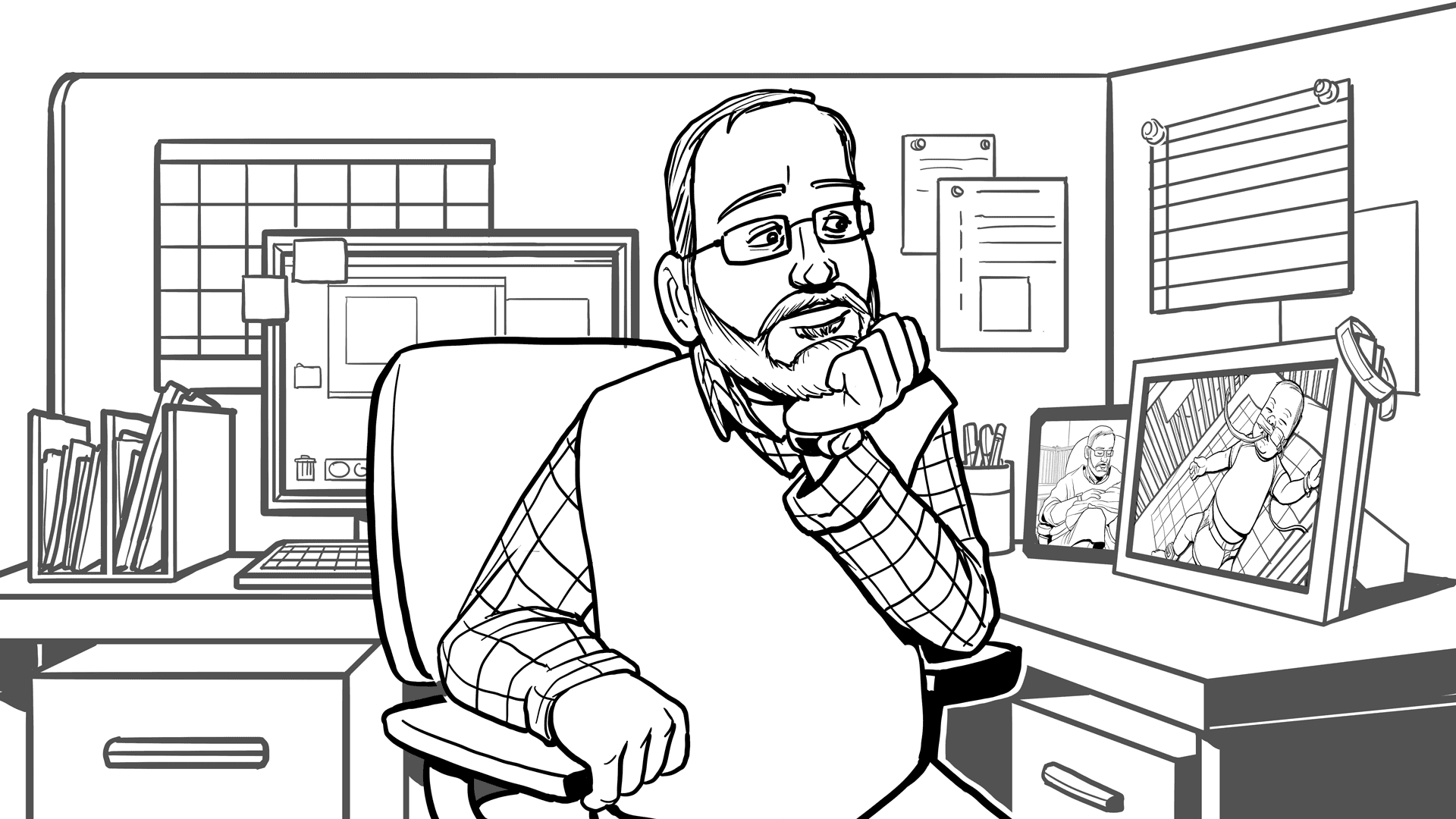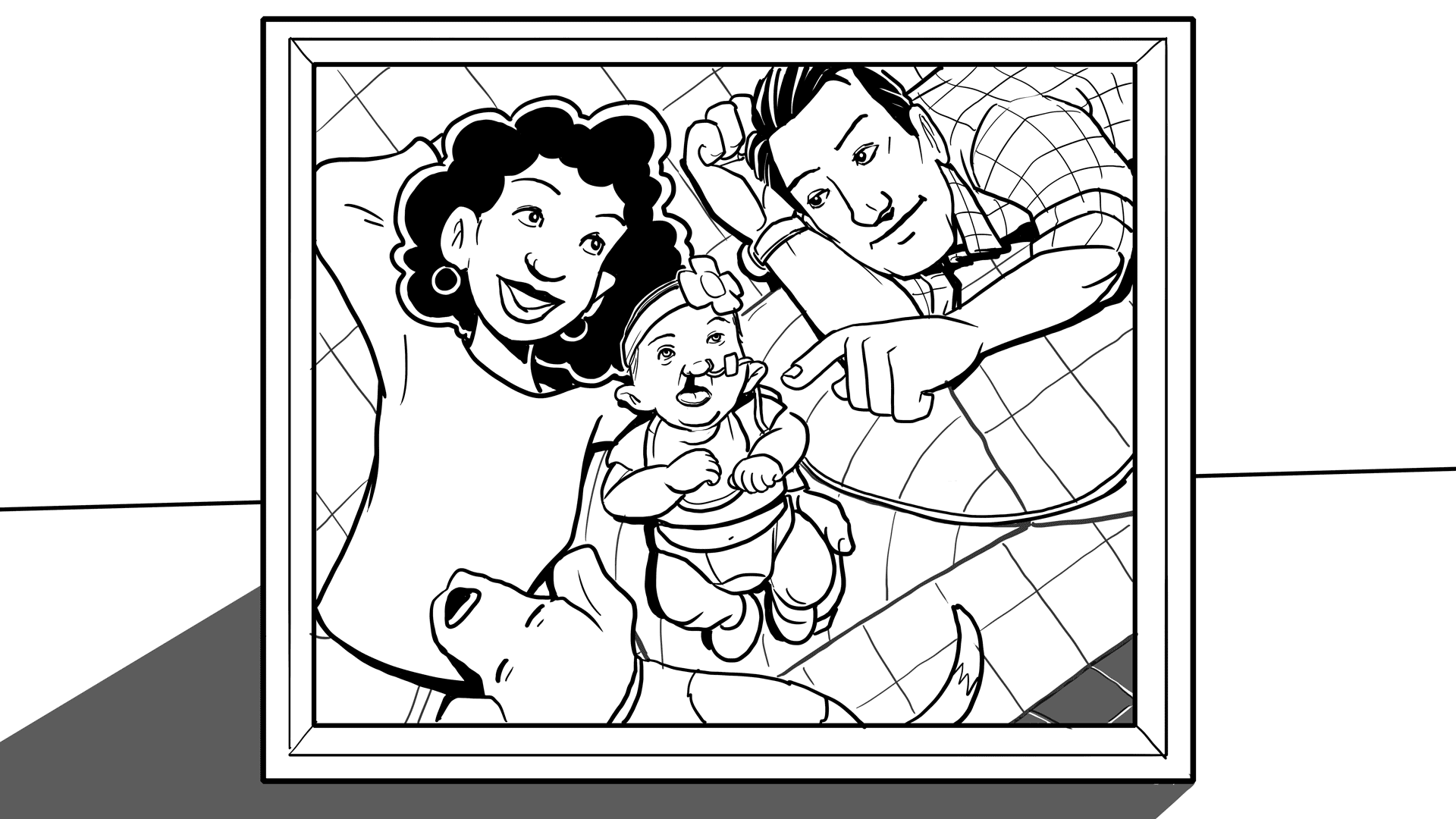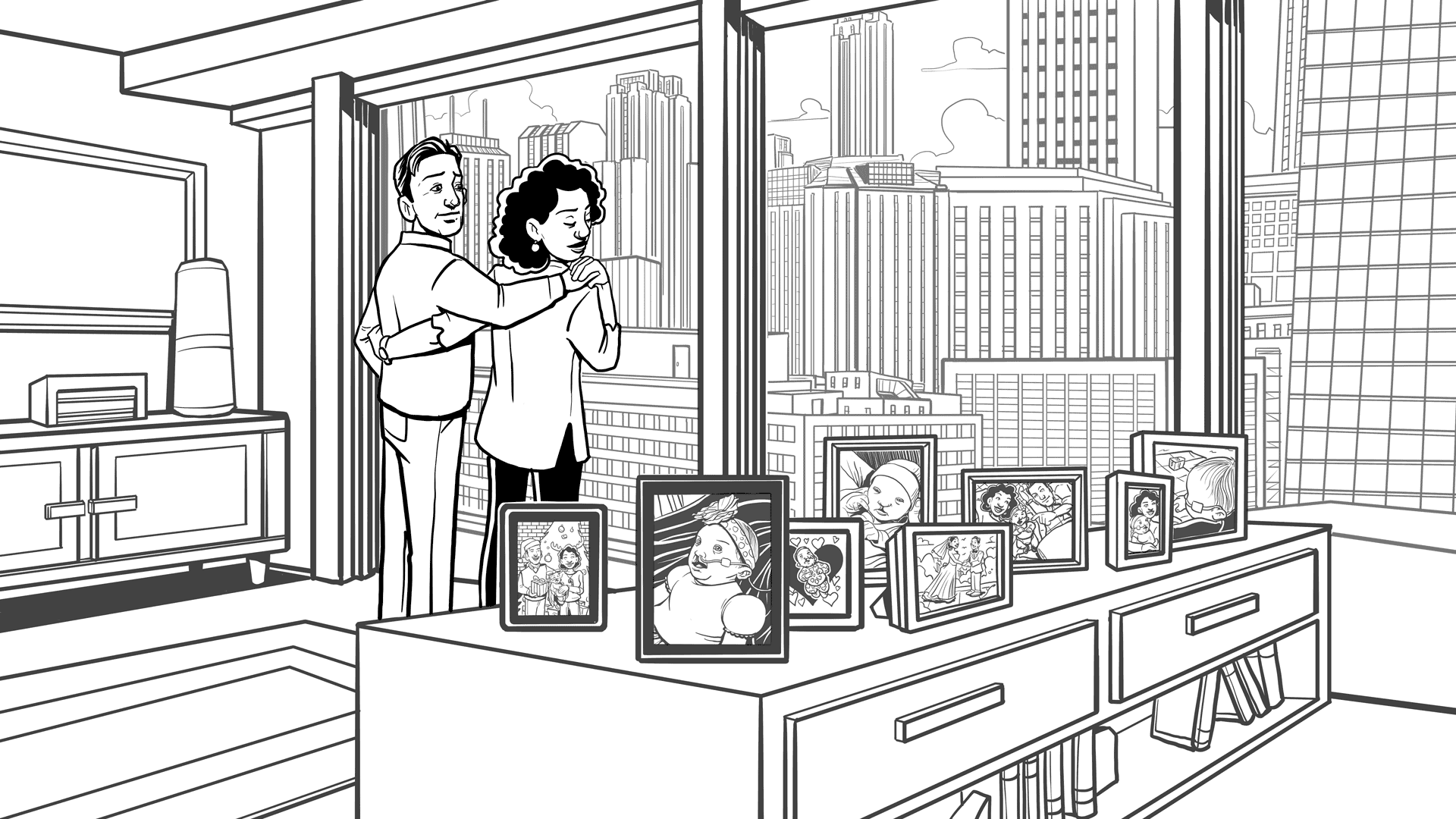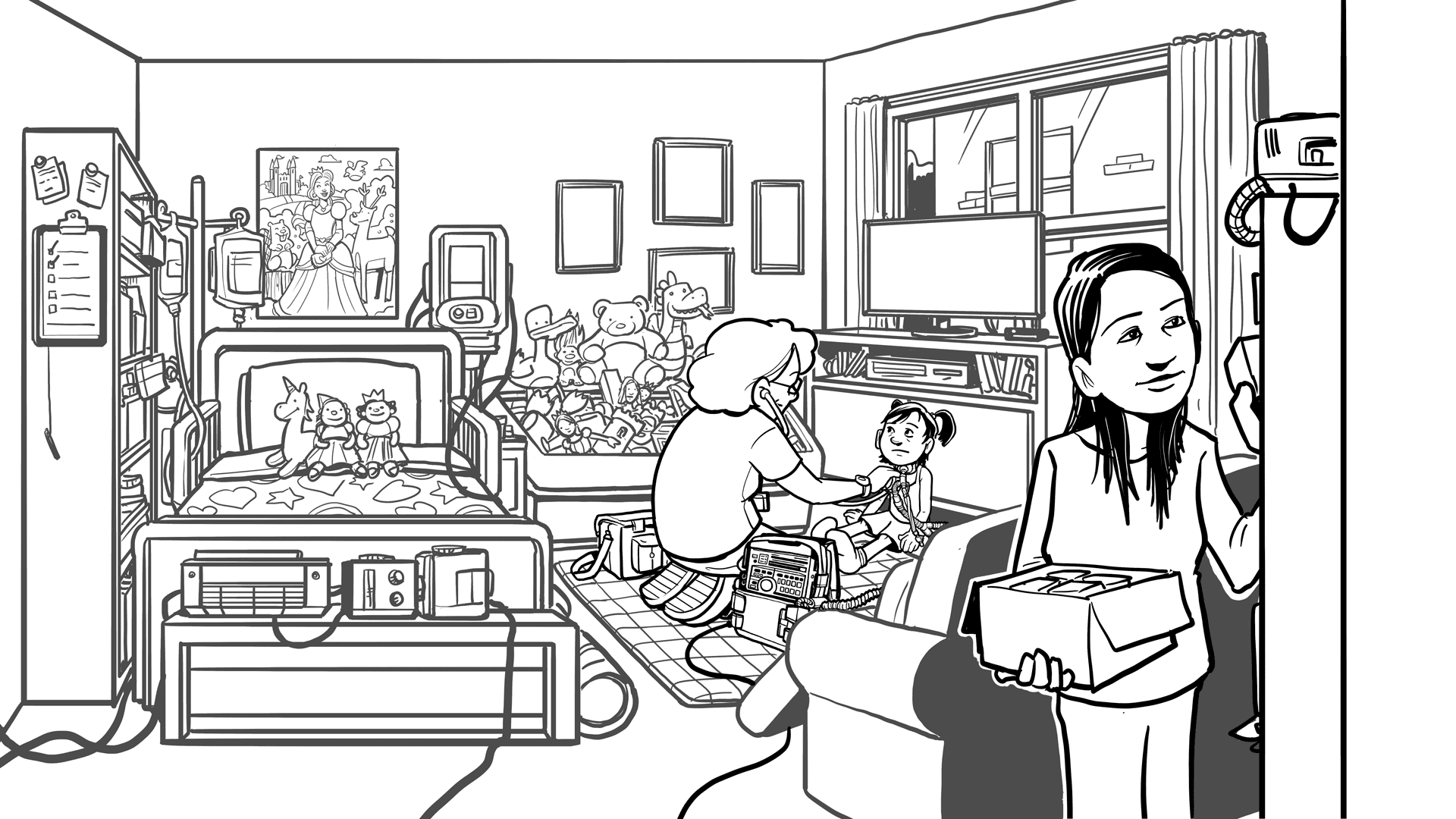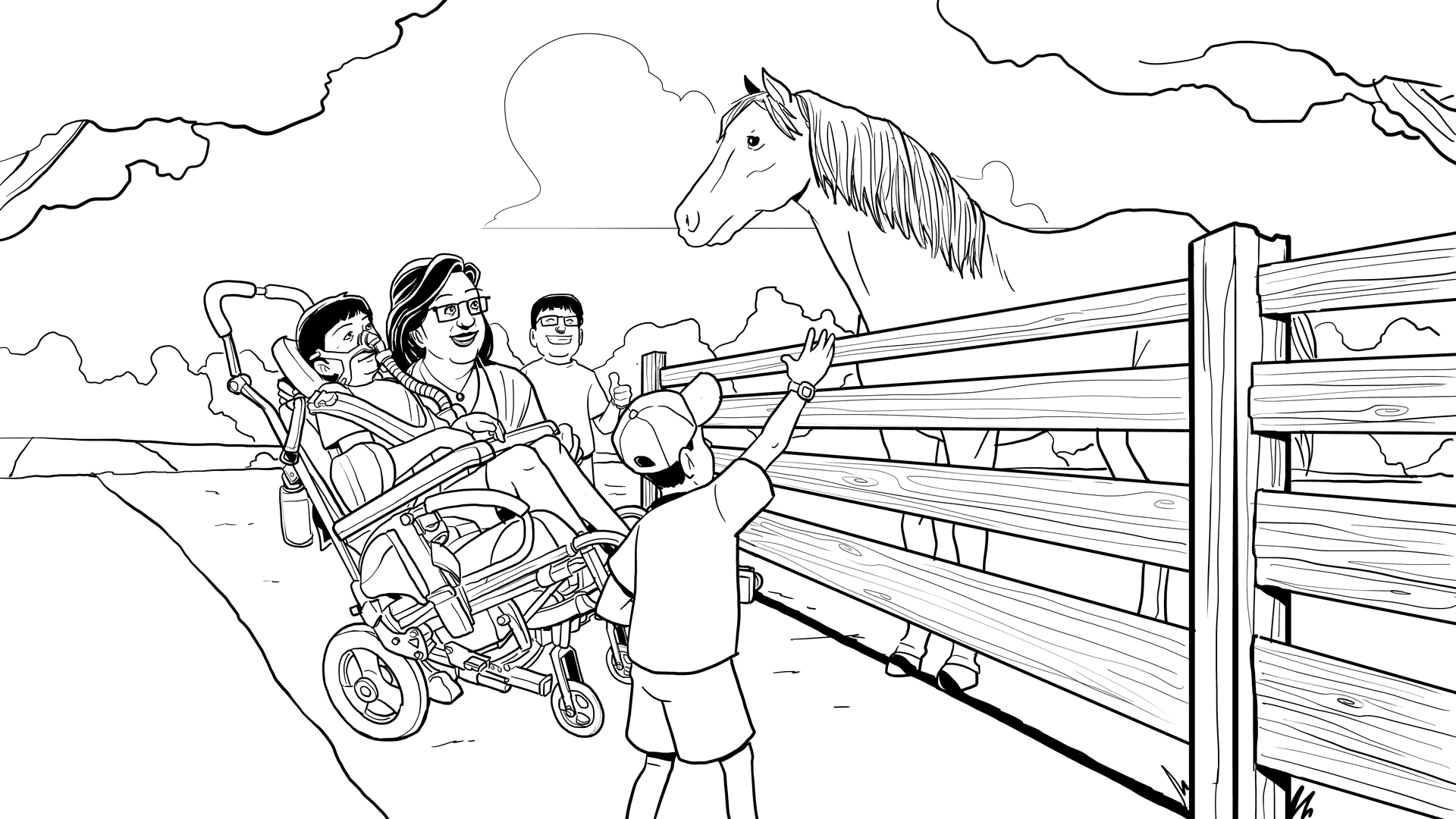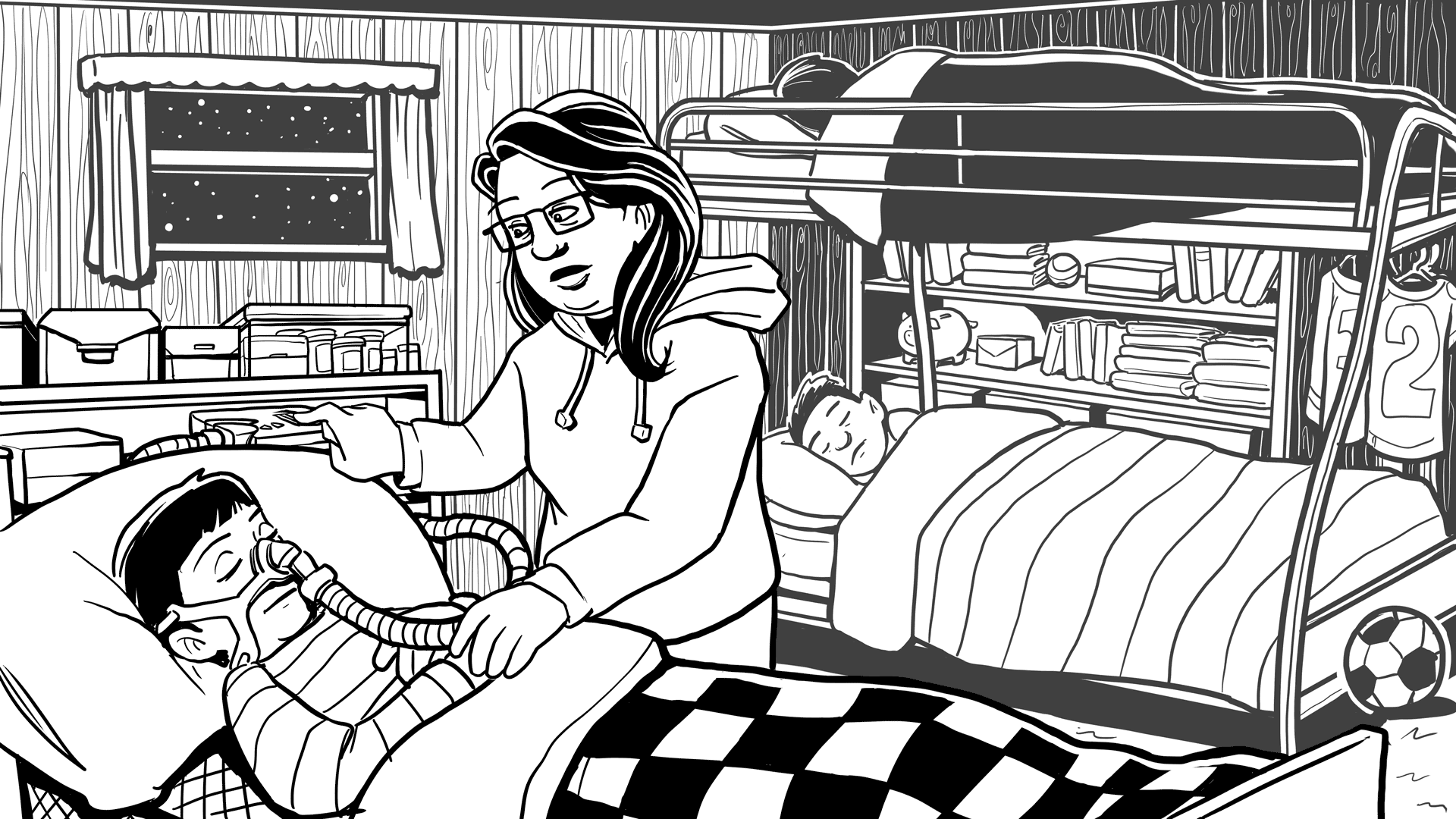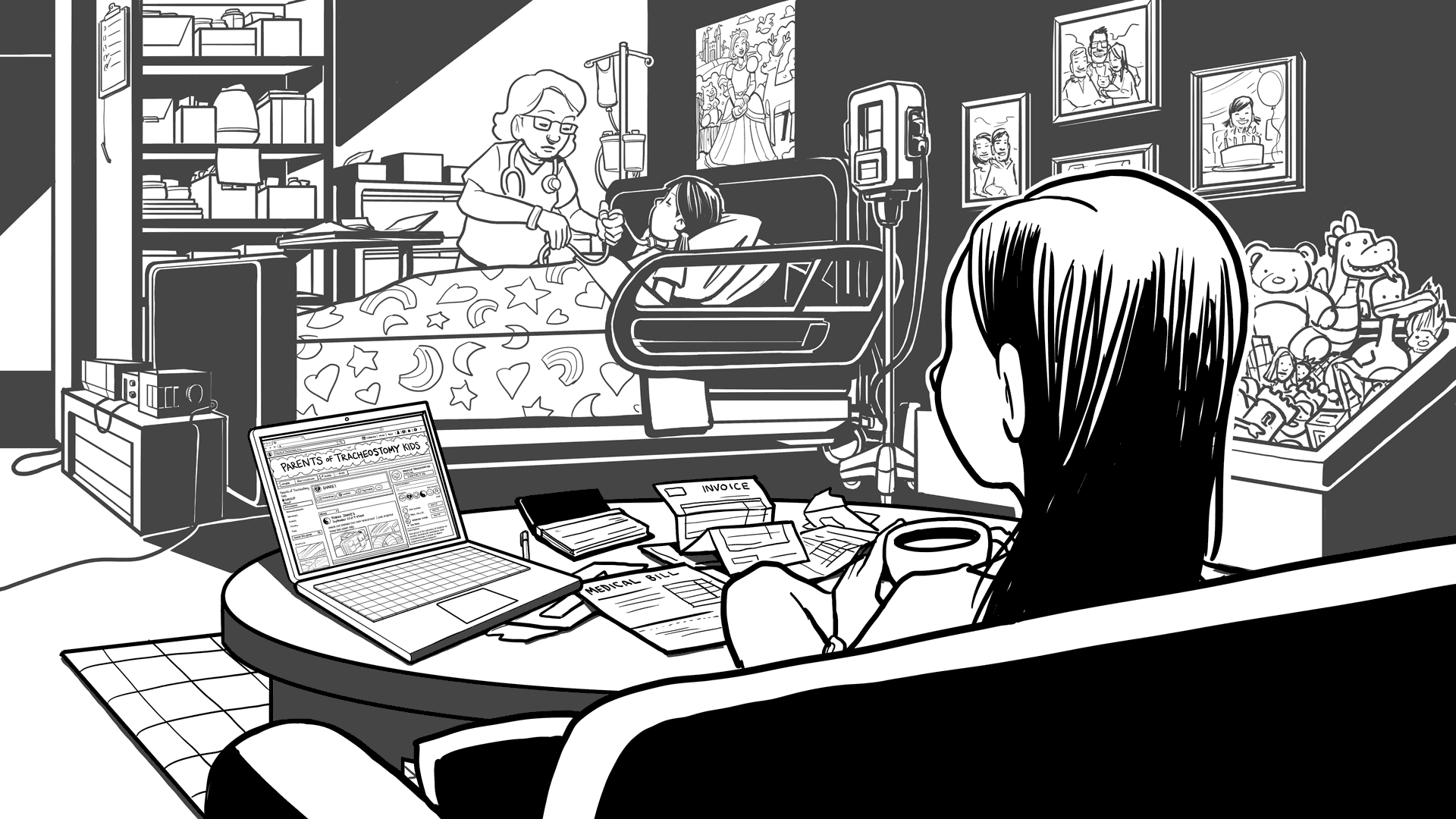Suggested Questions
Here is a list of suggested questions that you might like to ask your child’s medical team.
The questions are based on what the families who have made decisions about trachs and vents wanted to know.
Click here to download or print these questions.
Treatment options:
- What are all of the different treatment options for my child’s breathing problems?
- What will my child’s medical care look like after a trach/ vent?
- How long will my child need the trach?
- If our child does not get a trach/ vent, what will happen?
- What if we aren’t sure we can take care of our child on a trach/ vent?
- What should my family do if we don’t agree about the trach/ vent decision?
Talking with the medical team:
- Can we have a meeting with all of our child’s medical team to talk about making the decision about trach/ vent?
- We hear different information from different doctors and nurses about the trach/ vent: is everyone in agreement about what to do for my child?
- Can we speak with the palliative care team to help us think about what is right for our family?
Life at home:
- What kind of equipment might we need at home?
- How much home nursing might my child receive?
- What will we do if a home nurse is scheduled, but does not show up?
- Will one of us need to leave our job to care for our child with a trach/ vent?
- How will we be taught to take care of our child? Can other family members be taught too?
- Will we be able to leave the house and go places with a trach/vent?
- How can we know if our house and car are appropriate for a trach/vent?
- What additional expenses could we encounter if insurance does not cover everything?
- What if we are worried we cannot afford the care our child would need with a trach/vent?
Relationships:
- What if we don’t have many people in the area to help us?
- How might home nursing affect my family and our privacy?
- How might a trach/ vent affect my other children?
- How might a trach/ vent affect my relationships with other people in my family?
- How might a trach/ vent affect my relationships with our friends and community?
My Child’s Experience:
- Will the trach/ vent be comfortable for my child?
- How will my child move around with the trach/ vent?
- How might my child communicate with a trach/ vent?
- How might a trach and vent affect my child’s development in the next year? How about in the next 5 years? How about longer than that?
- If my child has a trach, and we cannot take care of him/her, what options will we have?
If Life is Short:
- Will a trach and vent give our child more quality time with our family?
- If we don’t think the trach/ vent is right for our child, how can we keep him/ her comfortable?
- If we don’t think the trach/vent is right for our child, what happens next?
- Will there always be an option to remove the trach and vent, if we think it is no longer helping our child?
- I am afraid to think about my child dying. Can I talk with someone about this?
Click here to download or print these questions.
